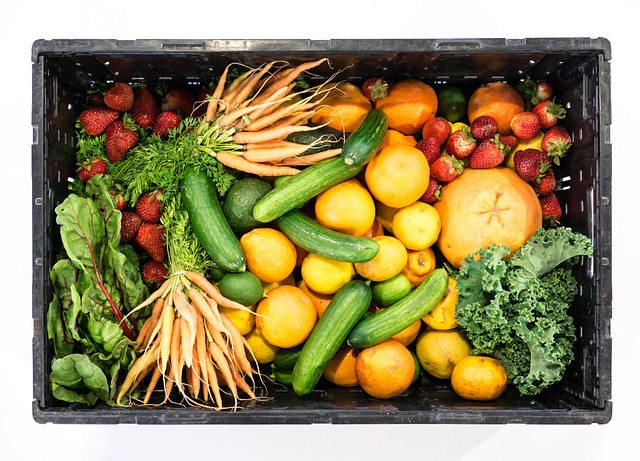
If you're vegan or lactose intolerant, you might think you need to give up dairy products in order to get the calcium your body needs. But that's not the case! There are plenty of plant-based foods that can provide you with all the calcium your body needs. Here's a look at some of the best sources of calcium for vegans and lactose intolerant people.
Getting enough calcium in your vegan diet can seem like a daunting prospect to many, but it doesn't have to be!
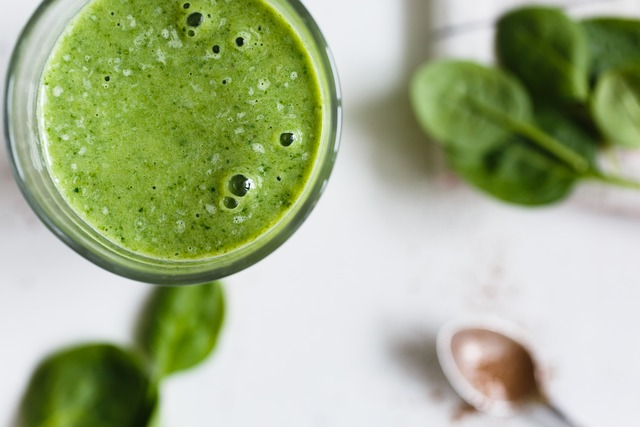
With careful planning and sufficient knowledge of plant-based sources of calcium, vegan diets can support bone health just as effectively as animal products. Vegans don't need to rely on cow's milk and cheese for their dietary needs; instead, they can get enough calcium by including dark leafy greens, fortified plant milks, nuts and vegan yogurt in their diets. It is important to note that a vegan diet must be nutritionally balanced; however, with a strong focus on eating plenty of plant based foods, it is possible for vegans to get all the nutrition they require for good bone health.
Eating calcium-rich foods such as dark leafy greens, almonds, and sesame seeds is a great way to add calcium to your diet
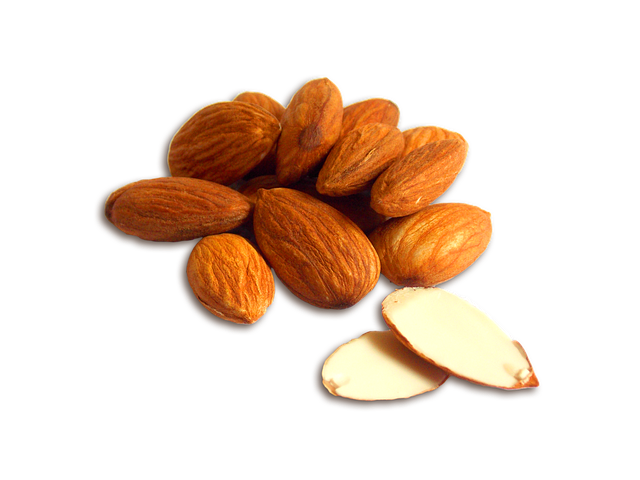
Leafy greens like kale and broccoli are especially good vegan source of calcium. Regularly drinking calcium-fortified orange juice and soy milk is also an effective way to get calcium, as well as healthy vitamins and minerals. If you're looking for even more calcium in your diet, swapping out traditional milk for plant milk or adding some almonds or sesame seeds into your meals every day can all help you reach your calcium needs. Eating foods rich in calcium can be delicious and nutritious, so start incorporating them into your meals today!
How much calcium is recommended?
You may be wondering, how much calcium should a person get in their daily diet? According to the Mayo Clinic, healthy adults should aim for 1000 mg of calcium a day.
Incorporating calcium-rich foods into one's diet is one of the best ways to meet dietary calcium needs
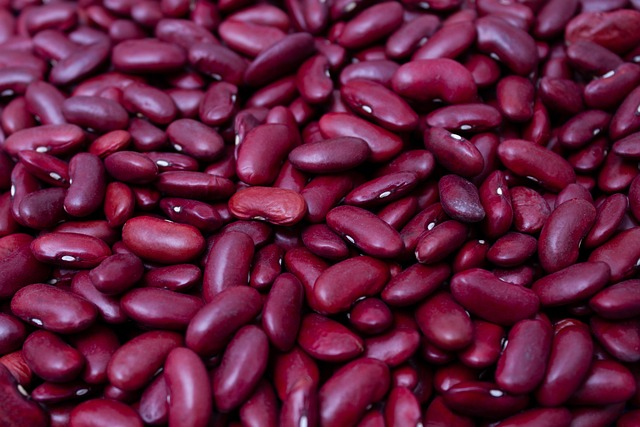
For example, some leafy greens can also provide a good source of calcium; one cup of kale and collards can offer more than 200 milligrams, which is around 20 percent of one's dietary calcium requirements. Additionally, some beans are also good sources of calcium; one cup of cooked soybeans offers 176 milligrams, and one cup of white beans provides approximately 129 milligrams. Whenever possible, try to include these items in at least two meals every day to help increase one's dietary calcium intake. It's as easy as adding soy milk or orange juice as your meal beverage!
If you are looking to increase your calcium intake but have dietary restrictions related to dairy, there are plenty of options that provide a high-calcium alternatives to dairy
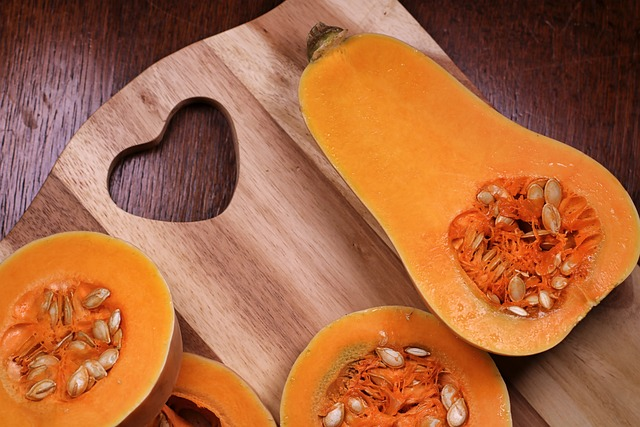
Kidney beans and collard greens are both excellent sources of calcium and can be cooked in a variety of ways to fit any individual preference. Have you ever tried finely shredded raw collard greens in a salad? In addition, sweet potatoes and butternut squash contain good amounts of calcium as well. To top it off, sunflower seeds can be added as a healthy garnish that boosts the amount of calcium in any meal. With these alternatives, anyone seeking to benefit from an abundant intake of calcium no longer has to rely on dairy!
Dietary supplements and fortified foods are other ways to get more calcium in your diet
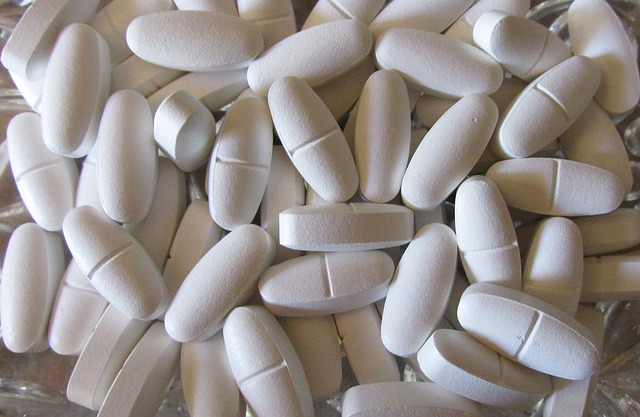
Diversifying your diet is key; reduce consumption of processed foods and start focusing on plant foods such as broccoli, kale, and spinach. Alternately, you can take a calcium supplement that contains calcium sulfate as the main ingredient. To maximize calcium absorption, also consider taking Vitamin D supplements and including dairy-free fortified products in your diet such as soy or almond milk products. Many calcium sulfate supplements are combined with other nutrients for maximum benefits. Be sure to incorporate a variety of food groups in your diet with an emphasis on whole foods to ensure adequate calcium intake without relying solely on dairy.
Calcium is an essential mineral, so you have to make sure you are getting enough in your diet

Consuming adequate amounts of calcium is crucial for having strong bones, as calcium helps your body absorb minerals and synthesize collagen. Dairy products are a well-known source of calcium, but getting this important mineral from plants is also beneficial. Plants can provide anywhere between 126 to 745 mg of calcium per-cup, which is the recommended amount of daily calcium intake. Going plant-based can help lower bone density loss that usually occurs with aging while avoiding certain compounds found in dairy products. In addition, plant-based milks have fewer calories and saturated fats than cow’s milk, making it healthier for your heart. Going plant-based for your daily calcium intake may be more beneficial for overall health.

All in all, it’s clear that you don’t need to consume dairy products to get enough calcium. Not only do plant-based sources of calcium offer the same benefits as dairy, but many of them also provide additional nutrients to keep you healthy. Whether you want to simply add more kale or almonds into your meals, drink more calcium fortified orange juice, try vegan recipes like a Tofu Noodle Bake, or find calcium supplements with added vitamin D, there are plenty of ways to incorporate foods loaded with calcium into your diet without relying on dairy. Taking proper steps towards ensuring adequate calcium intake is invaluable—so why not make it both gentle on your digestion and kind on animals?
Given that plant-based sources of calcium have so many advantages and can easily be incorporated into your diet, it's worth exploring what other options there are out there. So, how do you plan on getting more calcium in your diet? Let us know in the comments below!
Comments
Post a Comment